Regulation of International Financial Markets and Banking
The research group "Regulation of International Financial Markets and Banking" analyzes international capital flows and the effects of regulatory changes on financial stability. Financial integration promotes efficient capital allocation and risk sharing but also eases the transmission of shocks across borders.
Banking regulation has accordingly evolved in recent years, yet the full impact of these reforms remains unclear. Hence, the group focuses on two areas:
First, it investigates the drivers of international capital flows and their effects on financial stability. Periods of high financial integration often precede crises with lasting real-economy consequences. The aim is to understand how to ensure stable and effective credit allocation.
Second, it examines how changes in regulation and supervision influence cross-border banking, especially within the context of European integration. This includes evaluating the balance between regulatory harmonization and unintended market distortions.
Two data projects support this research: the International Banking Library, a web-based platform for research exchange with a quarterly newsletter reaching more than 700 subscribers, and the Financial Markets Directives Database, which documents the implementation of key EU financial regulations with a special focus on the European Banking Union. Together, they promote evidence-based policymaking and enhance the group's global visibility.
Research Cluster
Economic Dynamics and StabilityYour contact

- Department Financial Markets
EXTERNAL FUNDING
10.2021 ‐ 06.2025
Distributional Effects of Macroeconomic Policies in Europe (DEMAP)
Leibniz Association
The project examines how political measures at the level of the European Union, for example the European Recovery Fund, affect inequality between households.
07.2017 ‐ 12.2022
The Political Economy of the European Banking Union
Causes of national differences in the implementation of the Banking Union and the resulting impact on financial stability.
01.2015 ‐ 12.2017
Dynamic Interactions between Banks and the Real Economy
Refereed Publications
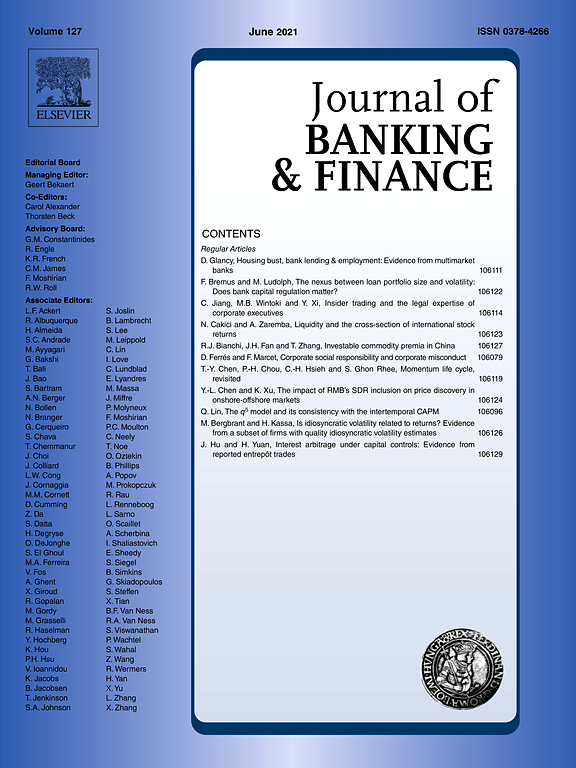
Hidden Gems and Borrowers with Dirty Little Secrets: Investment in Soft Information, Borrower Self-selection and Competition
in: Journal of Banking and Finance, No. 2, 2018
Abstract
This paper empirically examines the role of soft information in the competitive interaction between relationship and transaction banks. Soft information can be interpreted as a valuable signal about the quality of a firm that is observable to a relationship bank, but not to a transaction bank. We show that borrowers self-select to relationship banks depending on whether their observed soft information is positive or negative. Competition affects the investment in learning the soft information from firms by relationship banks and transaction banks asymmetrically. Relationship banks invest more; transaction banks invest less in soft information, exacerbating the selection effect.
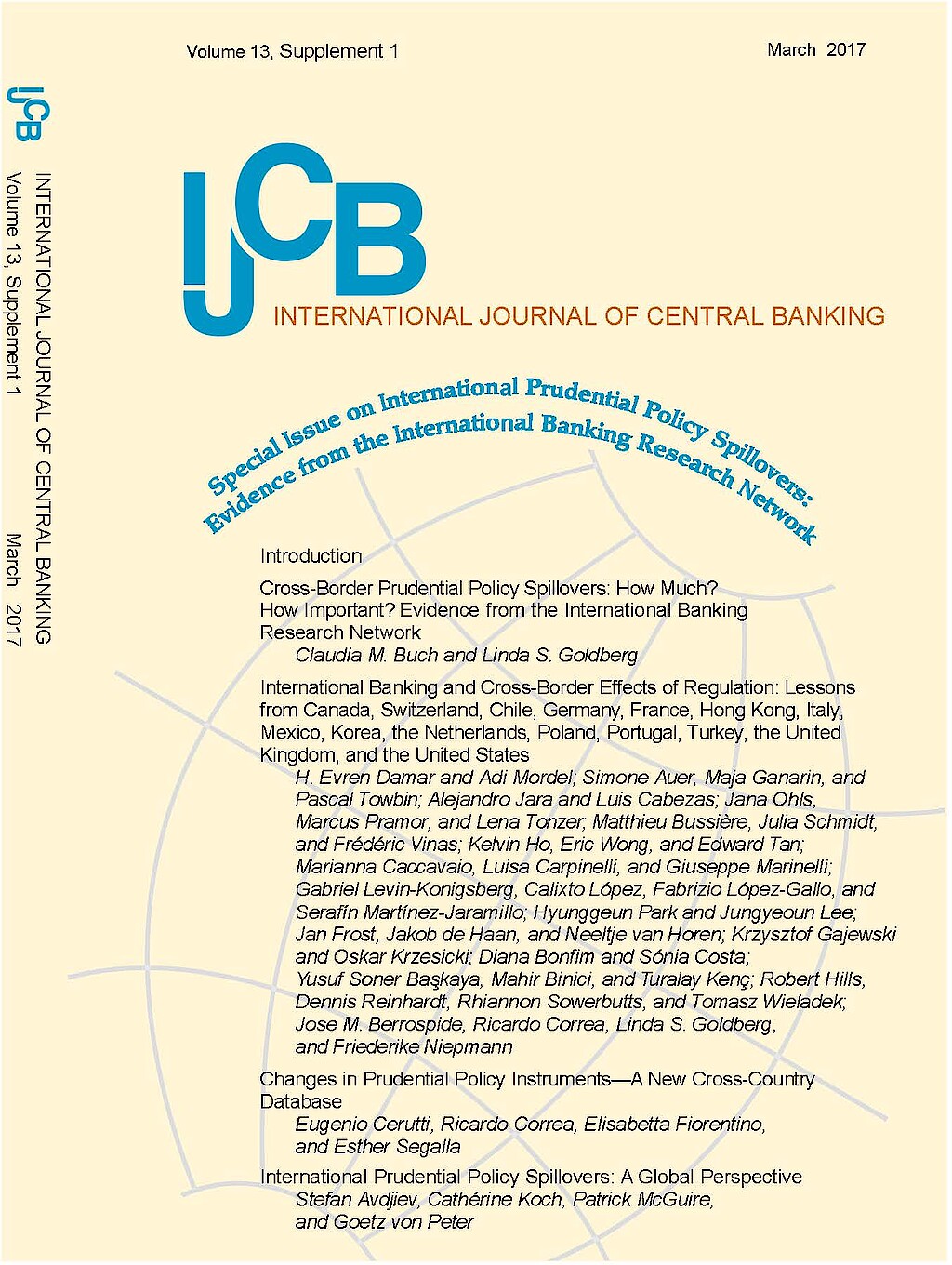
International Banking and Cross-border Effects of Regulation: Lessons from Germany
in: International Journal of Central Banking, Supplement 1, March 2017
Abstract
We analyze the inward and outward transmission of regulatory changes through German banks’ (international) loan portfolio. Overall, our results provide evidence for international spillovers of prudential instruments. These spillovers are, however, quite heterogeneous between types of banks and can only be observed for some instruments. For instance, domestic affiliates of foreign-owned global banks reduce their loan growth to the German economy in response to a tightening of sector-specific capital buffers, local reserve requirements, and loan-to-value ratios in their home country. Furthermore, from the point of view of foreign countries, tightening reserve requirements is effective in reducing lending inflows from German banks. Finally, we find that business and financial cycles matter for lending decisions.
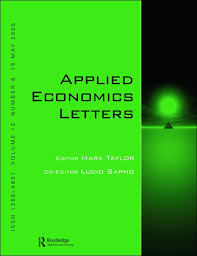
Bank Risk Proxies and the Crisis of 2007/09: A Comparison
in: Applied Economics Letters, No. 7, 2017
Abstract
The global financial crisis has again shown that it is important to understand the emergence and measurement of risks in the banking sector. However, there is no consensus in the literature which risk proxy works best at the level of the individual bank. A commonly used measure in applied work is the Z-score, which might suffer from calculation issues given poor data quality. Motivated by the variety of bank risk proxies, our analysis reveals that nonperforming assets are a well-suited complement to the Z-score in studies of bank risk.
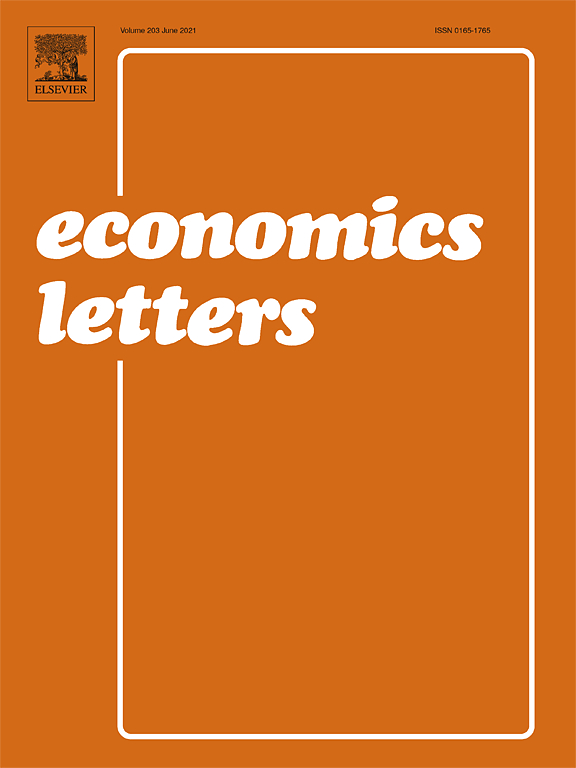
Complexity and Bank Risk During the Financial Crisis
in: Economics Letters, January 2017
Abstract
We construct a novel dataset to measure banks’ complexity and relate it to banks’ riskiness. The sample covers stock listed Euro area banks from 2007 to 2014. Bank stability is significantly affected by complexity, whereas the direction of the effect differs across complexity measures.
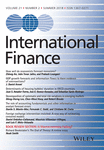
Sovereign Credit Risk Co-movements in the Eurozone: Simple Interdependence or Contagion?
in: International Finance, No. 3, 2016
Abstract
We investigate credit risk co-movements and contagion in the sovereign debt markets of 17 industrialized countries during the period 2008–2012. We use dynamic conditional correlations of sovereign credit default swap spreads to detect contagion. This approach allows us to separate contagion channels from the determinants of simple interdependence. The results show that, first, sovereign credit risk co-moves considerably, particularly among eurozone countries and during the sovereign debt crisis. Second, contagion varies across time and countries. Third, similarities in economic fundamentals, cross-country linkages in banking and common market sentiment constitute the main channels of contagion.
Working Papers
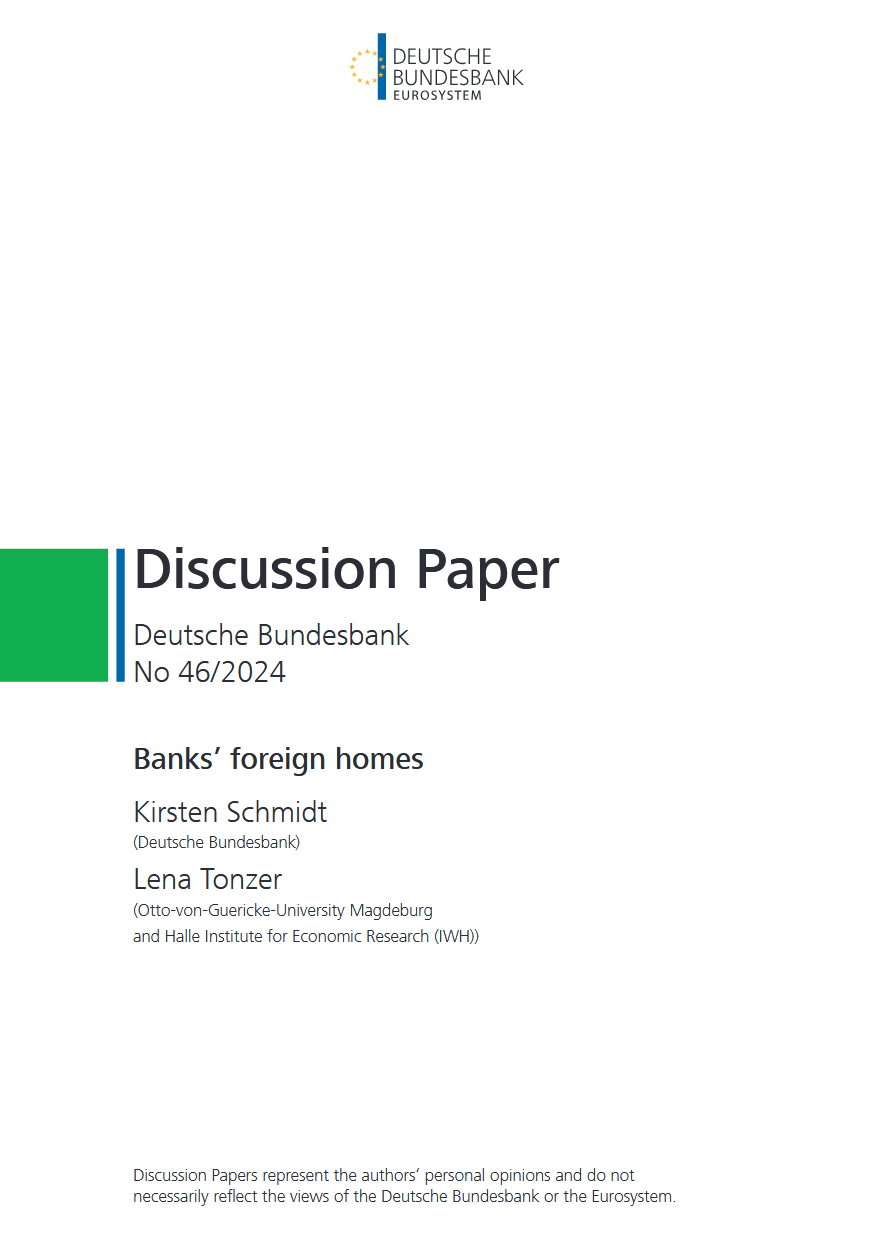
Banks’ foreign homes
in: Deutsche Bundesbank Discussion Papers, No. 46, 2024
Abstract
<p>Our results reveal that higher lending spreads between foreign and home markets redirect real estate backed lending towards foreign markets offering a higher interest rate, which provides evidence for "search for yield" behavior. This re-allocation is found especially for banks with more expertise on the foreign market due to a higher local activity and holds for commercial and residential real estate backed loans. Furthermore, "search for yield" behavior and a resulting increase in foreign real estate backed lending is found when macroprudential regulation is missing or misaligned between a bank’s country of residence and the destination country. When turning to the question of whether the detected search for yield behavior results in more risk, we find that especially better capitalized banks report higher forbearance ratios as they might face less stigma effects compared to low capitalized banks.</p>
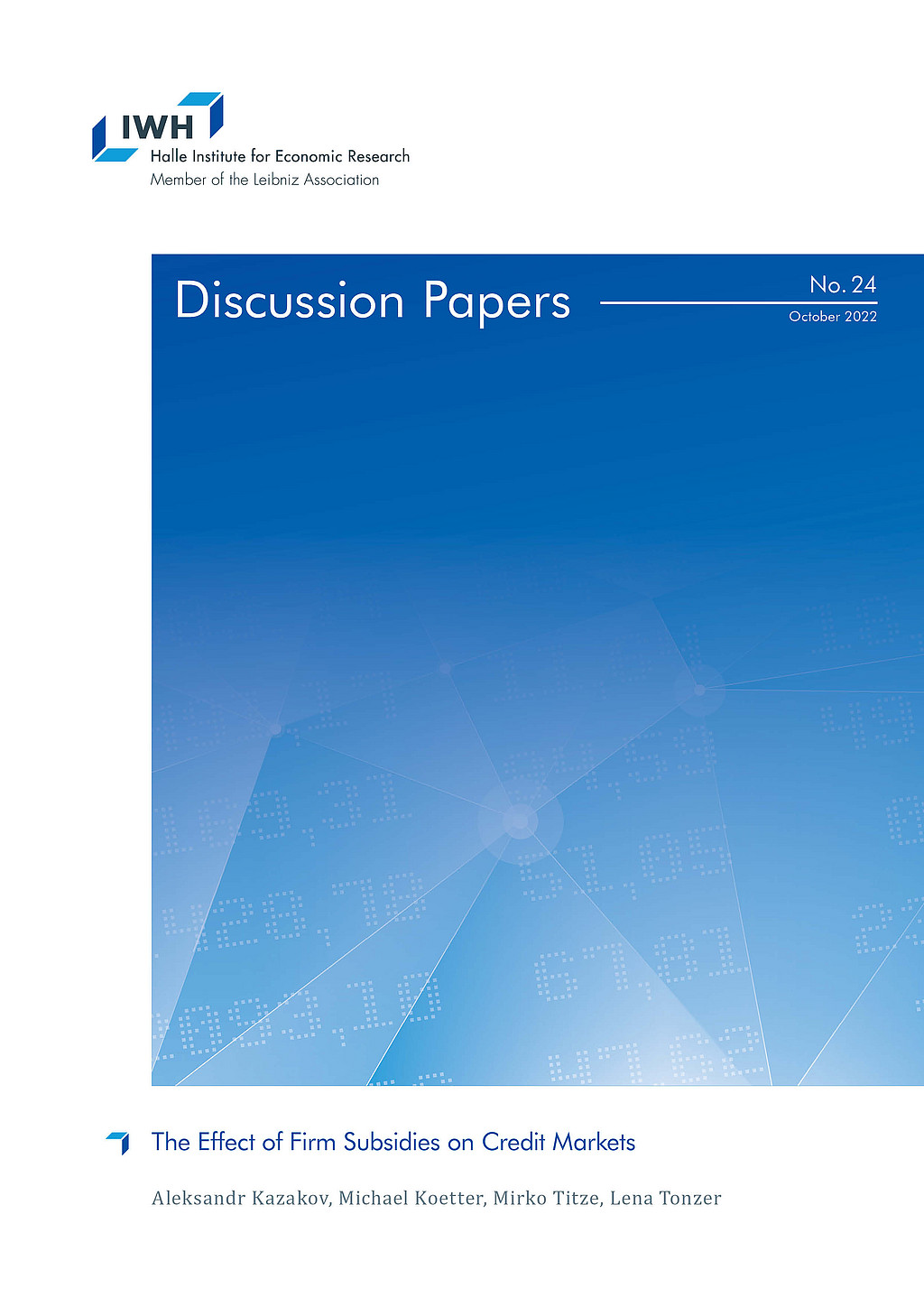
The Effect of Firm Subsidies on Credit Markets
in: IWH Discussion Papers, No. 24, 2022
Abstract
<p>We use granular project-level information for the largest regional economic development program in German history to study whether government subsidies to firms affect the quantity and quality of bank lending. We combine the universe of recipient firms under the Improvement of Regional Economic Structures program (GRW) with their local banks during 1998-2019. The modalities of GRW subsidies to firms are determined at the EU level. Therefore, we use it to identify bank outcomes. Banks with relationships to more subsidized firms exhibit higher lending volumes without any significant differences in bank stability. Subsidized firms, in turn, borrow more indicating that banks facilitate regional economic development policies.</p>
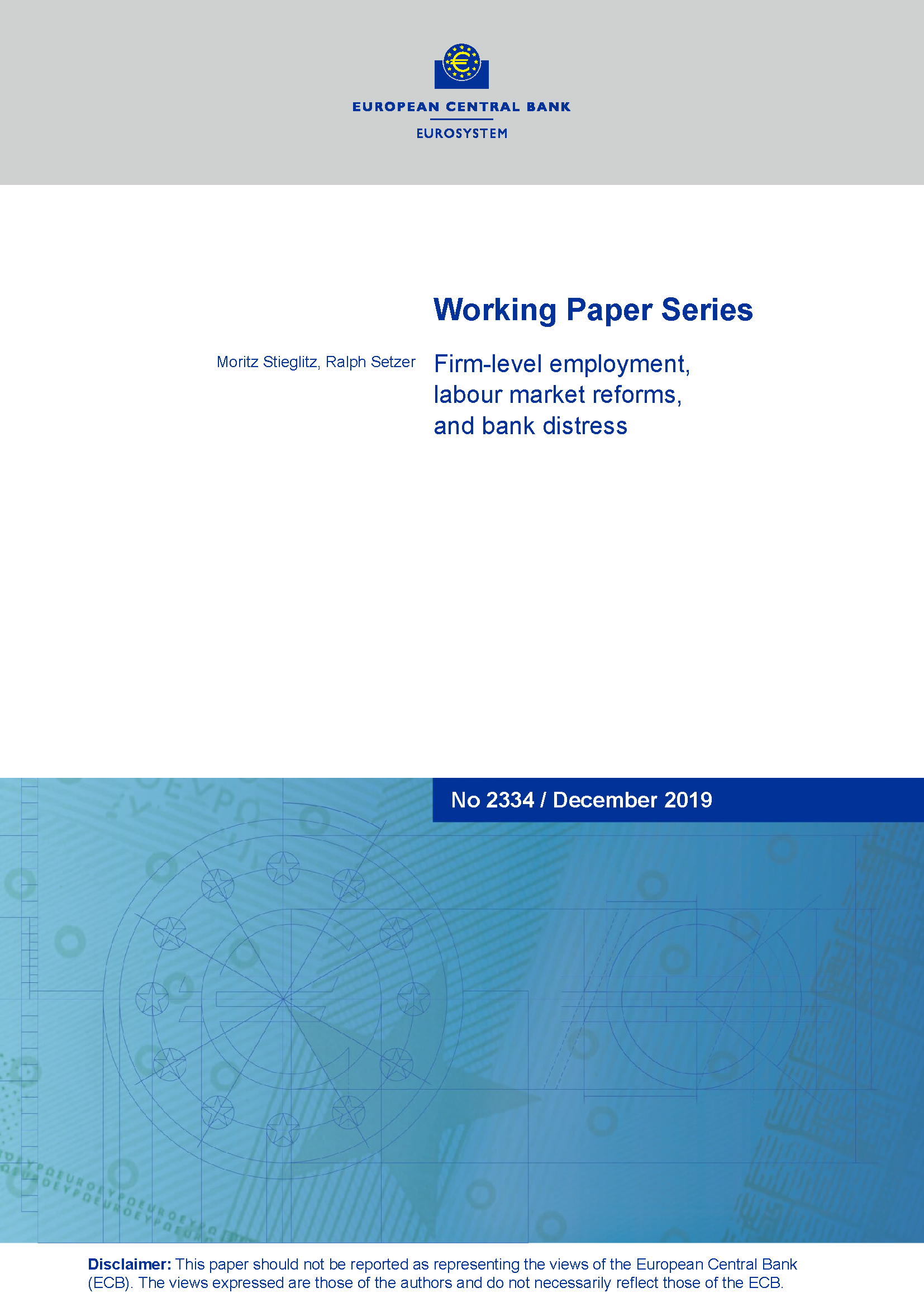
Climate Change-Related Regulatory Risks and Bank Lending
in: ECB Working Paper, No. 2670, 2022
Abstract
We identify the effect of climate change-related regulatory risks on credit real-location. Our evidence suggests that effects depend borrower's region. Following an increase in salience of regulatory risks, banks reallocate credit to US firms that could be negatively impacted by regulatory interventions. Conversely, in Europe, banks lend more to firms that could benefit from environmental regulation. The effect is moderated by banks' own loan portfolio composition. Banks with a portfolio tilted towards firms that could be negatively a affected by environmental policies increasingly support these firms. Overall, our results indicate that financial implications of regulation associated with climate change appear to be the main drivers of banks' behavior.
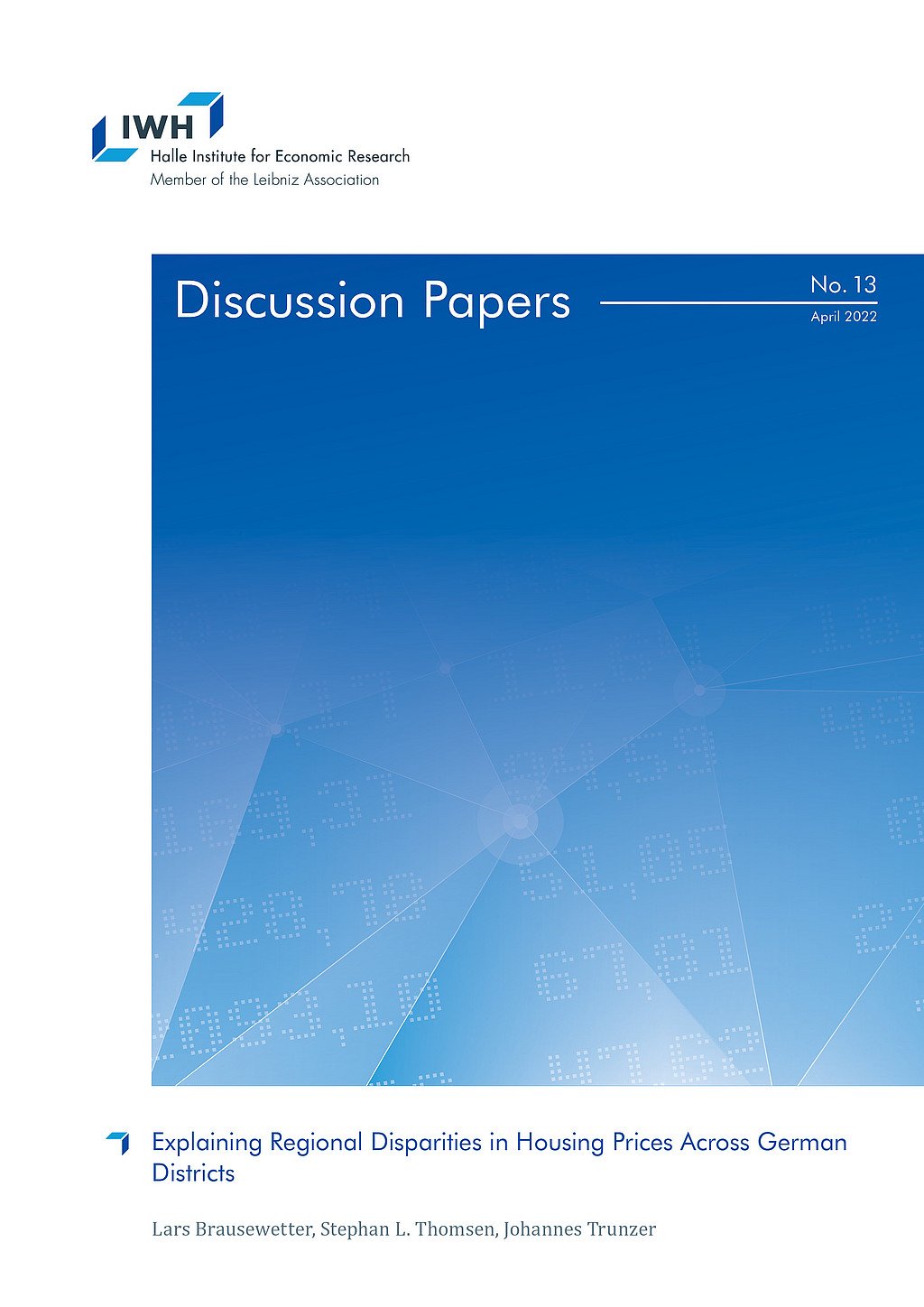
Explaining Regional Disparities in Housing Prices Across German Districts
in: IWH Discussion Papers, No. 13, 2022
Abstract
Over the last decade, German housing prices have increased unprecedentedly. Drawing on quality-adjusted housing price data at the district level, we document large and increasing regional disparities: Growth rates were higher in 1) the largest seven cities, 2) districts located in the south, and 3) districts with higher initial price levels. Indications of price bubbles are concentrated in the largest cities and in the purchasing market. Prices seem to be driven by the demand side: Increasing population density, higher shares of academically educated employees and increasing purchasing power explain our findings, while supply remained relatively constrained in the short term.
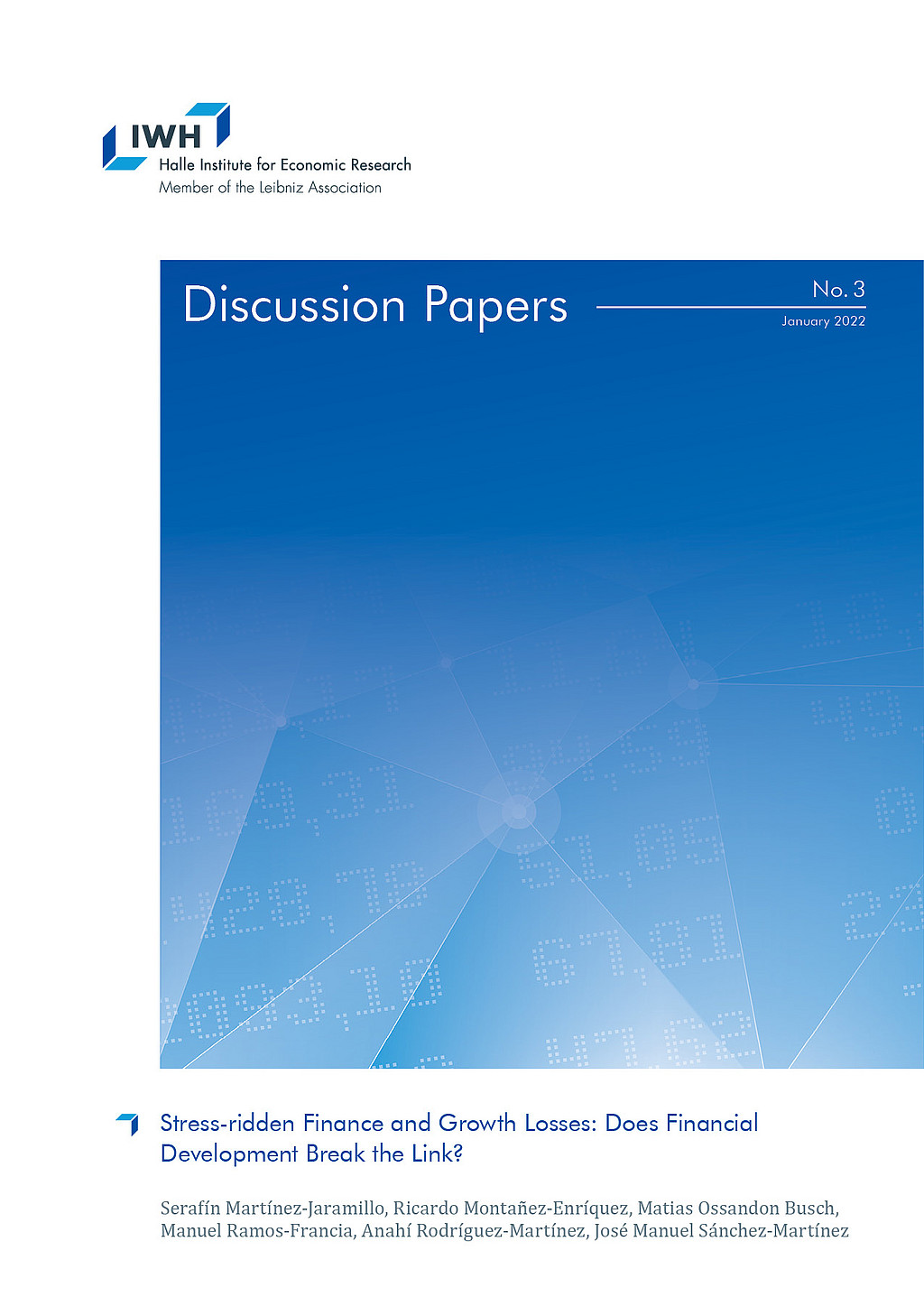
Stress-ridden Finance and Growth Losses: Does Financial Development Break the Link?
in: IWH Discussion Papers, No. 3, 2022
Abstract
Does financial development shield countries from the pass-through of financial shocks to real outcomes? We evaluate this question by characterising the probability density of expected GDP growth conditional on financial stability indicators in a panel of 28 countries. Our robust results unveil a non-linear nexus between financial stability and expected GDP growth, depending on countries’ degree of financial development. While both domestic and global financial factors affect expected growth, the effect of global factors is moderated by financial development. This result highlights a previously unexplored channel trough which financial development can break the link between financial (in)stability and GDP growth.















